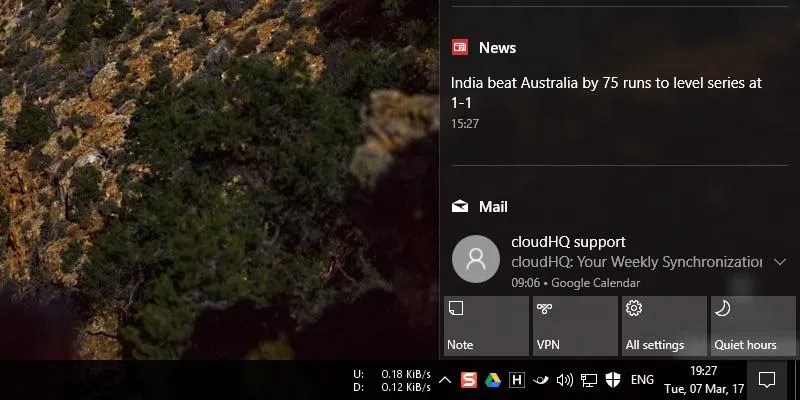Stop The Finder Action Mac
Stop The Finder Action Mac. Here you'll see all the available quick actions on your mac. Simply check or uncheck a box to enable or disable the quick action on your mac.

The majority of cells exhibit a voltage difference between their internal and external environments. The voltage of the cell is measured in milli volts (mV). The typical voltage for an animal cell is -70mV. The majority of cells show low voltage variations are thought as occurring, however in certain cells this is a regular feature. Cells can show variations in the voltage, as the voltage drops and increases. The duration of these potentials vary throughout a vast range. In brain cells the down and up cycle of action potential are completed in less than thousandth of a second while in other cells, the intervals may be prolonged to several seconds. The electrical capacity of a cell in the animal kingdom is dependent on the membrane structure. Cell membrane is made up of an outer layer of lipids as well as proteins. The lipid layer acts as an insulator.
Animal cells are all electrically polarized as they maintain an electric charge that is known as membrane potential. For neurons, axonsand dendrites and cells have distinct electrical characteristics. The most active part of an individual neuron is the hillock however axons and the cell body also get excited. At the axon hillock the remaining potential is -70mV and the threshold potential is 55 mV. Synaptic inputs into the neuron result in depolarization that causes the membrane potential to rise or fall. The action potential is generated when enough depolarization is accumulated and the membrane current reaches a threshold value.
The action potential results that voltage-gated ion channels located in the plasma membrane of a cell. Ion channels that are voltage-gated are actually a group composed of proteins that remain inside the plasma membrane. These proteins produce action potential as it may create positive feedback loop. Membrane potential is the main factor responsible for controlling the level of Ion channels. Action potential is generated as the feedback loop continues at its fullest. The frequency and duration are determined by the biophysical properties of the voltage-gated ion channels. Ion channels of various types are available that are believed to generate positive feedback circuits that ultimately result in the production of these potentials. They are involved with the creation of higher impulses like nerve impulses. The slower ones, like those generated in the muscle cells are controlled by calcium Ion channels.The most thoroughly studied voltage-gated ion channels are the sodium ion networks that play an important role in the speedier nerve impulse conduction.
Here you'll see all the available quick actions on your mac. Another way to strength quit the finder is via activity monitor. Make sure the finder is the frontmost app.
Alternatively, You Can Select A File On Your Desktop.
Simply check or uncheck a box to enable or disable the quick action on your mac. On your mac, click the finder icon in the dock to open a finder window. Use the finder preferences to hide desktop icons on mac.
Click The Icon Of The Apple Menu → Press And Hold The Shift Key.
From what it looks like there isn't a decent way to do this without unloading the entire notification center and any other notifications alongside with it. Force quit finder manually via the apple menu: Force quit the finder in activity monitor.
But Others Have Quietly Been.
Whorl through the list until you see the finder and select it. You now have a regular quit command, not in the apple menu but in the finder application menu with corresponding keyboard shortcut cmd + q. The first method involves simply enabling or disabling a quick action on your mac.
Danro On Jan 12, '07 10:41:16Am.
But as a plan b, you can use others ways to accomplish that same result. Click on the cpu usage tab. Below you'll find that the checkbox is at the.
Hold Down The Shift Key And Open The Apple Menu.
Rotate an image or movie: Then, go to the file menu, and click on convert to…, or hit ⌥⇧⌘c. Click 'disk management' under the 'storage' menu.
Post a Comment for "Stop The Finder Action Mac"